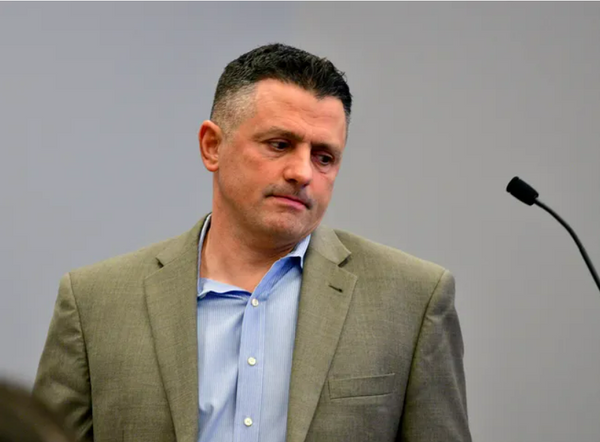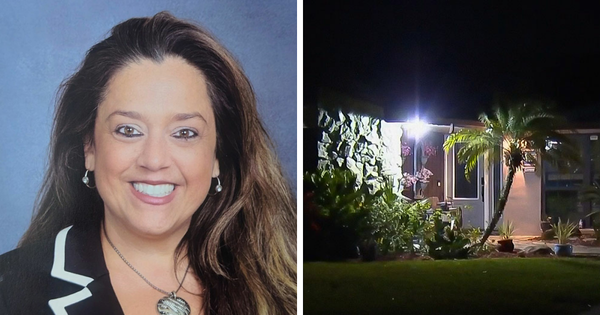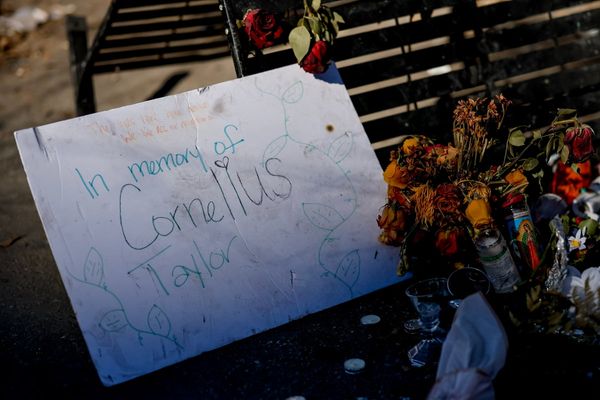Every few years something happens in Victoria's goldfields — a sinkhole in a backyard, the discovery of a gaping hole next to a primary school — to remind residents of the history waiting to reappear beneath their feet.
Nobody is quite sure how many old mines are littered across Victoria, but the conservative estimate is 19,000.
However Ray Shaw, founder of Victorian Historical Mine Shaft Chasers Inc, believes the real number is significantly higher, and the state government agrees.
Affectionately known as 'Raymo', Mr Shaw spends most weekends abseiling into the unknown depths of old mine shafts, crawling through confined spaces and testing fate to document and map what he finds.
Dangerous places
In the seven years since he started the group, Mr Shaw said he had explored more than 1,000 shafts and located thousands more.
The explorers take photographs and videos, and sometimes, if they're lucky, they stumble on mementoes like a miner's drinking flask, an old boot, or a decades-old front page of the Bendigo Advertiser.
Mr Shaw said what the group did on Crown land was not illegal, just "frowned upon", but their exploring revealed the rather significant problem that old mines pose.
In 2020, the Victorian Auditor General's Office (VAGO) produced a highly critical report into the state's management and rehabilitation of old mining sites.
Part of the report looked at "legacy mines" — any mine from the gold rush era up to 1990 – which are the kinds that these mine shaft chasers explore.
It found there was "no statewide approach to managing legacy sites to reduce their environmental, public health and safety risks".
The report also found Victoria had no policy to manage legacy mines, had not established a risk assessment register for such sites, did not have a centralised database to record legacy mine sites, and did not have dedicated funding to rehabilitate legacy mines.
A Victorian government spokesperson said the responsible departments were working together to update approaches to managing legacy and abandoned mine sites by 2023.
"It is expected that this work will involve the development of comprehensive datasets in relation to abandoned and legacy mine sites," the spokesperson said.
"We also expect to develop a framework for the management of these sites."
Where are the mines?
The website GeoVic provides some information on the location of old mine sites and quarries.
The VAGO report said the GeoVic dataset was used for exploration and the discovery of mineral resources, and by the public and real estate agents seeking information on property risks.
But the website is far from conclusive.
The state government spokesperson said it had "over 19,000 records".
Mr Shaw, who is a professional climber, said he and the group's 37 members had the qualifications to operate in confined spaces and take precautions such as using gas metres underground.
The group post photos and videos to their social pages, however they never reveal the locations of the mines they find.
Mr Shaw said he didn't want people finding these places and risking their lives by exploring them without the necessary skills or equipment.
But he said he had shared information about the location of mine sites with emergency services when asked.
Keeping them under wraps
However Mr Shaw is reluctant to give out all the of the locations he had logged over the years because he fears people could loot them.
The government's spokesperson said anyone interested in old mining sites must remember they could be dangerous places.
"[However] if people have data that may assist a statewide database of old mining sites then we are happy to receive this information," the spokesperson said.







